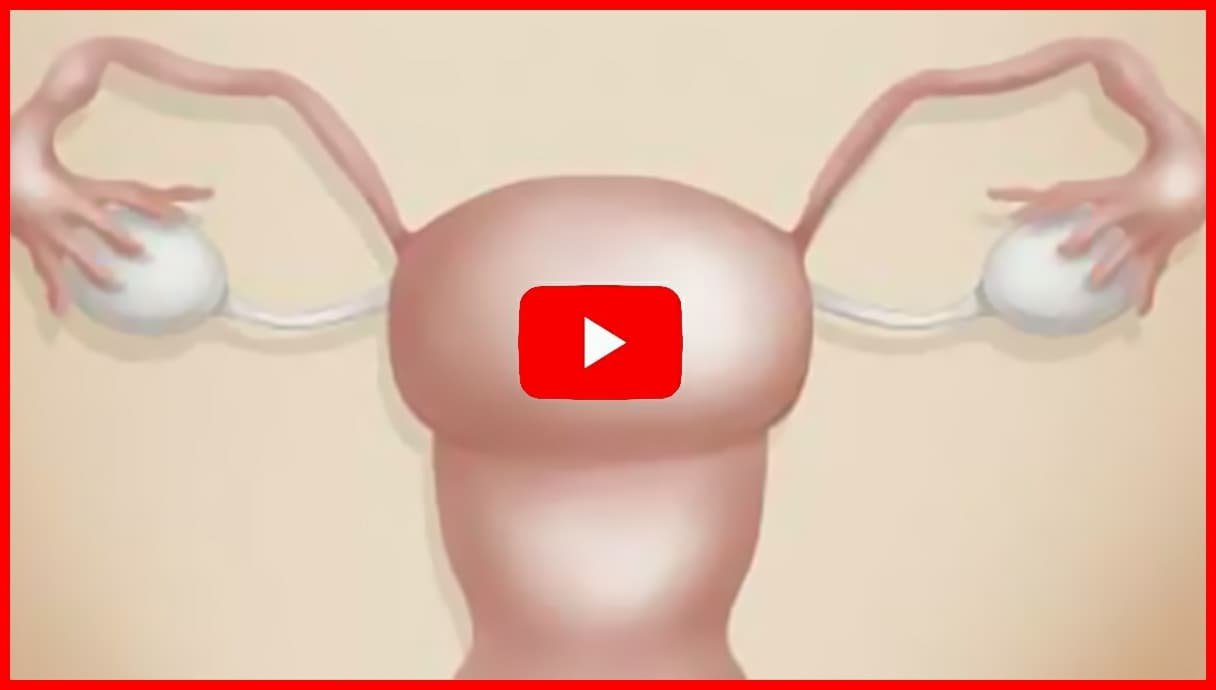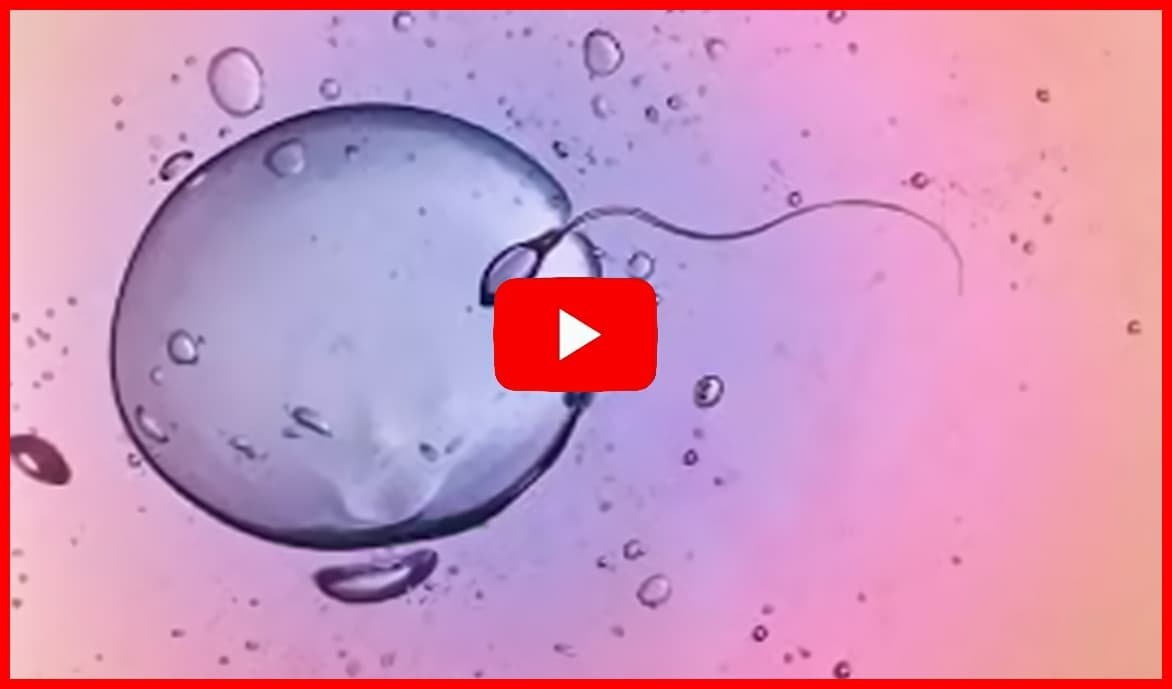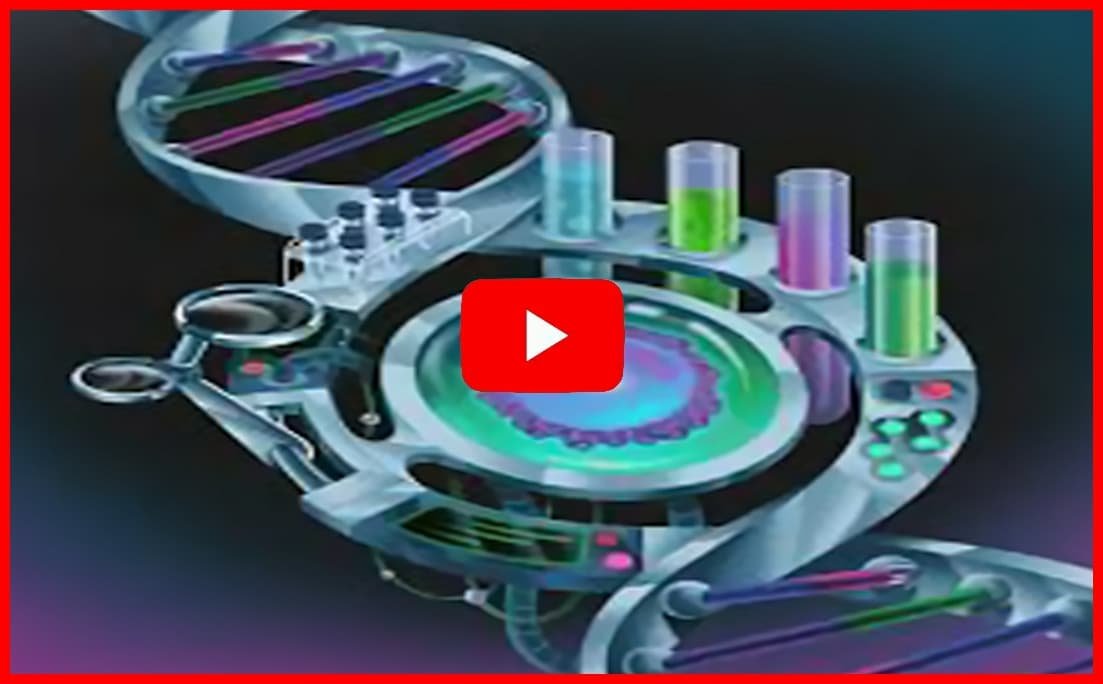Frozen Embryo Transfer: A Pivotal Step in Modern Fertility Treatments
A New Era in Fertility Care
Fertility science has evolved dramatically over the past few decades, reshaping what once seemed impossible. Among its most revolutionary advancements stands Frozen Embryo Transfer (FET)—a process that has not only improved success rates but also granted individuals and couples the gift of flexibility, timing, and renewed hope. Unlike the immediate transfer of freshly fertilized embryos in traditional IVF, FET makes use of embryos that have been cryopreserved—frozen with precision and stored safely until the moment feels right.
This technique changes everything. It reduces physical strain, eases emotional stress, and enables families-to-be to align their journeys with personal, professional, or medical needs. At its core, FET offers a unique blend of science, patience, and planning—an intersection where fertility treatment meets compassion and adaptability.
How Frozen Embryo Transfer Works
The process begins with cryopreservation, where carefully selected embryos are preserved in ultra-cold liquid nitrogen tanks. These conditions safeguard their integrity for months or even years. When the intended parents are ready, the embryos are gently thawed and prepared for transfer.
Timing is everything. The uterine environment must mimic natural conditions, so hormonal support—often involving estrogen and progesterone—is introduced to prepare the endometrium. Once the lining reaches its optimal thickness, the embryo is transferred with a thin catheter. The procedure itself is quick, relatively painless, and performed in an outpatient setting.
Behind this seemingly simple step lies meticulous coordination—every stage designed to maximize the chances of successful implantation and a healthy pregnancy.
Why Choose FET?
Optimized Outcomes
One reason many turn to frozen embryo transfer is its success potential. Research suggests that in some cases, FET can yield higher pregnancy rates compared to fresh transfers. Why? Because the body has time to recover after ovarian stimulation, allowing the uterus to become more receptive.
Reduced Risks
Another key benefit is the lowered chance of complications such as ovarian hyperstimulation syndrome (OHSS). With FET, the need for repeated stimulation cycles diminishes, sparing patients both physical and emotional burdens.
Flexibility and Control
Perhaps the most appreciated aspect of FET is its flexibility. It allows patients to align conception with personal schedules, career demands, or medical recovery. Families can make choices based not only on biology but also on life circumstances.
Advances in Cryopreservation: The Science Behind the Success
The cornerstone of FET’s effectiveness lies in vitrification, a rapid freezing method that prevents the formation of damaging ice crystals. This breakthrough has dramatically improved survival rates during thawing, resulting in healthier embryos and higher fertility success stories.
Thanks to vitrification, FET isn’t just a backup plan—it’s a first-choice strategy for many. By preserving embryos with such high integrity, patients gain multiple opportunities for conception without the repeated stress of ovarian stimulation cycles. This safety net transforms the fertility journey from a one-shot attempt into a more sustainable process.
Fertility, Flexibility, and the Future
For countless families, frozen embryo transfer represents more than just science—it’s a bridge between longing and fulfillment. It combines cutting-edge technology with the human need for timing, readiness, and hope.
By offering improved outcomes, reduced risks, and unmatched flexibility, FET has solidified its place as a cornerstone of modern fertility treatments. As innovations continue, this method will only grow more refined, ensuring that the dream of parenthood remains within reach for those who persevere.
IVF Success Rates: Navigating the Chances of Achieving Parenthood
Why Success Rates Matter in Fertility Treatment
When considering in vitro fertilization (IVF), one of the first questions people ask is: What are my chances? Success rates are not just numbers on a chart; they provide a roadmap, a realistic perspective that helps hopeful parents prepare for the journey ahead. Yet, behind every percentage is a story—shaped by age, health, and the intricate science of fertility.
The Role of Age in IVF Outcomes
Age remains the single most influential factor in IVF success. For women under 35, live birth rates per cycle often range from 40–50%, making this group the most likely to achieve pregnancy quickly. But as the years pass, biology inevitably shifts.
-
Women aged 35–37 typically see rates fall to 30–40%.
-
After 40, the odds decline further, with success rates dropping below 20% per cycle.
This doesn’t mean parenthood is out of reach—it simply underscores the importance of timing, early intervention, and personalized treatment planning.
More Than Just Numbers: Individual Factors at Play
Success rates are built from large populations, but each individual’s fertility story is unique. Outcomes depend on:
-
The cause of infertility
-
The quality of eggs and sperm
-
The clinic’s expertise and protocols
-
Lifestyle and overall health
For one person, a single IVF cycle may bring success. For another, multiple attempts may be necessary. Understanding these nuances helps set realistic expectations while reminding us that statistics never define personal destiny.
Advances That Improve IVF Success
The field of reproductive medicine has seen remarkable progress. Innovations that are changing the game include:
-
Improved embryo culture techniques – creating healthier conditions for embryo development.
-
Preimplantation genetic testing (PGT) – identifying chromosomally normal embryos, boosting implantation chances and reducing genetic risks.
-
Personalized medicine – tailoring ovarian stimulation and treatment protocols to individual hormonal and genetic profiles.
These breakthroughs mean IVF today is far more effective than it was just a decade ago, and the trajectory continues upward.
The Emotional and Financial Side of IVF
It’s easy to focus solely on percentages, but IVF is about much more than statistics. Each cycle demands time, emotional strength, and financial resources. For many, multiple cycles are needed before success arrives. That’s why emotional support—through counseling, support groups, or compassionate medical teams—is just as important as medical expertise.
Resilience and hope are as vital as hormones and lab work. Parenthood through IVF is rarely a straight path, but countless families will attest: the journey is worth it.
Fertility and the Future of IVF
The future of fertility treatment looks brighter every year. With genetic screening, personalized approaches, and continued innovation, IVF success rates are poised to improve even further.
While numbers provide valuable guidance, they can never capture the full human story—the courage, patience, and perseverance that define every fertility journey. For many, IVF is not just a medical procedure; it is the bridge that turns the dream of parenthood into reality.
✨ Bottom line: IVF success rates are important benchmarks, but they are not absolutes. With science advancing and resilience guiding the way, hope remains stronger than any statistic.
Egg Freezing Process: Preserving Fertility for the Future
Empowering Women Through Reproductive Choice
Egg freezing, or oocyte cryopreservation, has revolutionized fertility care by giving women control over their reproductive timeline. Whether for medical reasons, such as cancer treatments that threaten fertility, or personal decisions like delaying childbirth for career or lifestyle goals, egg freezing provides a powerful option to preserve reproductive potential. It’s more than a medical procedure—it’s a choice, a form of reproductive insurance, and a source of hope for countless women worldwide.
How Egg Freezing Works: Step by Step
The process begins with ovarian stimulation, where hormonal medications encourage multiple follicles to mature, each containing an egg. Over 10–14 days, doctors monitor progress through blood tests and ultrasounds to determine the optimal time for egg retrieval.
Once eggs reach maturity, they are collected via a minor outpatient procedure called transvaginal ultrasound aspiration. A thin needle is inserted through the vaginal wall, guided by ultrasound, to retrieve the eggs. Most women experience minimal discomfort during this brief procedure.
Preserving Eggs with Vitrification
After retrieval, the eggs undergo vitrification, a rapid freezing technique that prevents ice crystal formation, preserving the eggs’ cellular structure and viability. Using cryoprotectants, eggs are cooled into a glass-like state, allowing them to remain viable for years without significant deterioration.
When a woman decides to pursue pregnancy, the eggs are carefully thawed, fertilized with sperm in the laboratory, and the resulting embryos are transferred to the uterus, following procedures similar to traditional IVF cycles.
Factors That Influence Success
The success of egg freezing depends on several factors, primarily age at freezing and egg quality. Younger women typically have higher success rates for fertilization and pregnancy later on. Advances in technology and a deeper understanding of ovarian physiology have also improved outcomes over the years, making egg freezing an increasingly reliable option.
Why Egg Freezing Matters
Beyond the medical and technical aspects, egg freezing offers women freedom and flexibility. It allows them to pursue personal goals without sacrificing the chance to have biological children in the future. As societal attitudes shift and technology continues to advance, egg freezing is poised to become an integral part of reproductive planning, offering empowerment, reassurance, and hope.
✨ Bottom line: Egg freezing is more than a fertility procedure—it’s a proactive step that enables women to preserve their reproductive potential and take charge of their future family planning with confidence.
🏆 NuviaLab Female Fertility is a 19-ingredient food supplement that is a natural support for female fertility. The product is formulated with the highest quality plant extracts, vitamins and minerals to support female reproductive health.
🏆 Regular use of NuviaLab Female Fertility helps to maintain normal fertility and also supports the maintenance of natural sexual activity. The product plays an important role in the cell division process and reduces feelings of fatigue and tiredness. NuviaLab Female Fertility is the ideal solution for the modern woman.
Additional Insights into Fertility Treatments and Support
Beyond Procedures: The Holistic Approach to Fertility
Fertility is not just about medical procedures—though advances like FET, IVF, and egg freezing have transformed possibilities. It is also about personalized care, lifestyle, and emotional resilience. Every individual and couple experiences a unique journey, where hope and uncertainty often intertwine. Navigating this landscape requires more than clinical expertise; it demands support systems, education, and coping strategies that empower patients to move forward with confidence.
The Role of Genetics in Modern Fertility
Cutting-edge tools like preimplantation genetic testing (PGT) have redefined what’s possible. By screening embryos for genetic abnormalities before transfer, PGT increases the likelihood of healthy pregnancies and lowers miscarriage risks. These advancements allow fertility specialists to make informed decisions that can dramatically improve outcomes, offering a level of precision that was once unimaginable.
Lifestyle Factors That Support Fertility
Science increasingly recognizes that well-being outside the clinic impacts success inside the clinic. Simple yet powerful interventions—such as maintaining a balanced diet, exercising regularly, managing stress, and avoiding substances like tobacco or excessive alcohol—can enhance reproductive health. Integrating these habits alongside medical treatments helps create an optimal environment for conception and supports overall physical and emotional well-being.
Complementary Therapies for Emotional and Physical Support
Beyond conventional medicine, emerging therapies are gaining traction for their potential fertility benefits. Acupuncture, mindfulness-based stress reduction, and other holistic approaches may improve reproductive health while reducing anxiety and stress. These complementary strategies help patients feel more in control, creating a sense of balance during what can be an emotionally taxing process.
Personalized Fertility Care: Tailoring Treatments to Individuals
Modern reproductive medicine is moving toward personalized treatment plans—protocols tailored to an individual’s genetic and hormonal profile. By considering the unique biological, emotional, and lifestyle factors of each patient, fertility specialists can maximize the likelihood of success while minimizing unnecessary interventions.
Emotional Support: The Underrated Pillar of Fertility
Infertility can be as emotionally challenging as it is physically demanding. Counseling, support groups, and patient education play an indispensable role in helping individuals and couples cope with the highs and lows of their fertility journey. Feeling supported, informed, and understood can make a profound difference in sustaining hope and resilience through repeated cycles or setbacks.
The Future of Fertility Care
The ongoing innovations in fertility treatments, combined with holistic and personalized approaches, ensure that more people than ever before can envision a path to parenthood. Advances in technology, coupled with emotional and lifestyle support, embody the extraordinary potential of modern science to turn dreams into reality. Fertility treatment today is not just about procedures; it is a comprehensive, empowering journey of hope, perseverance, and resilience.
✨ Bottom line: Fertility success is multi-dimensional. Medical interventions, lifestyle adjustments, genetic tools, and emotional support all converge to give patients the best possible chance at achieving parenthood. Modern fertility care is as much about nurturing the heart and mind as it is about biology.
🏆 NuviaLab Female Fertility is a 19-ingredient food supplement that is a natural support for female fertility. The product is formulated with the highest quality plant extracts, vitamins and minerals to support female reproductive health.
🏆 Regular use of NuviaLab Female Fertility helps to maintain normal fertility and also supports the maintenance of natural sexual activity. The product plays an important role in the cell division process and reduces feelings of fatigue and tiredness. NuviaLab Female Fertility is the ideal solution for the modern woman.








